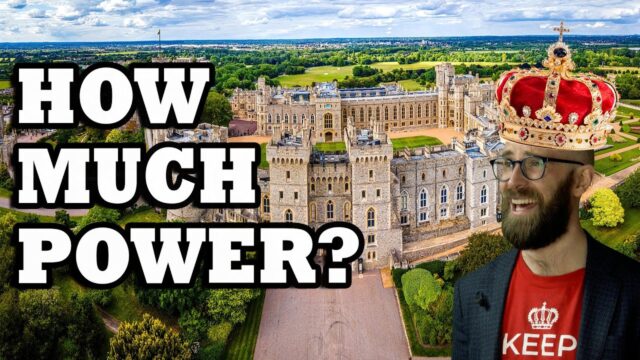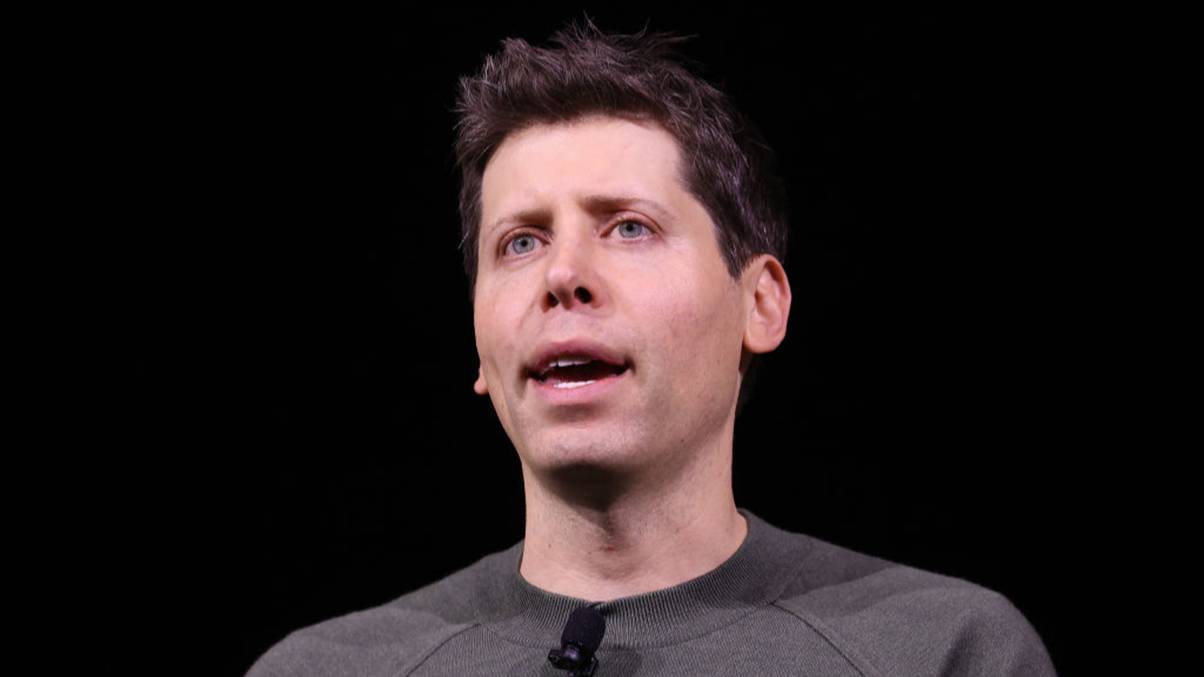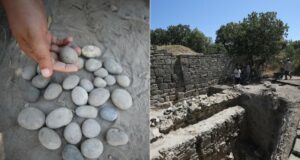“Unraveling the Myths: The Surprising Reality of Medieval Monarchical Power Revealed!”
‘The Holy Roman Empire was in no way holy, nor Roman, nor an empire’
With its large population and land mass, roughly corresponding to today’s Germany and neighbouring territories, the Holy Roman Empire had the potential to easily outclass other European states of the early 13th Century.
But despite the best efforts of its nominal emperors, it never became a centralised nation, remaining a loose union of disparate states.
The Emperors maintained direct control only over a small fraction of their dominion, called the ‘Reichsgut’
The remainder of the Empire was directly and independently administered by a collection of Dukes, Counts, Marquesses and high-ranking clergymen, collectively known as ‘Princes’. The emperors could call upon them for support in matters of war and foreign policy, but in exchange they had to progressively devolve more and more of their power.
We should also point out that the emperor himself was elected by the Princes, meaning that a prospective candidate had to dish out favours and promises if he wanted their vote.
In 1220, Frederick II of Hohenstaufen was elected to the throne. He is widely regarded as one of the most intelligent, effective and progressive monarchs of his time, with the right vision to build a modern, centralised state. But Frederick was also the sovereign of the Kingdom of Sicily, in Southern Italy, and that’s where he focused most of his attention and reforms. To keep the Princes happy north of the Alps, Frederick had to extend and formalise the amount of their power, which he did so by signing the self-explanatory ‘Statute in favour of the Princes’.











